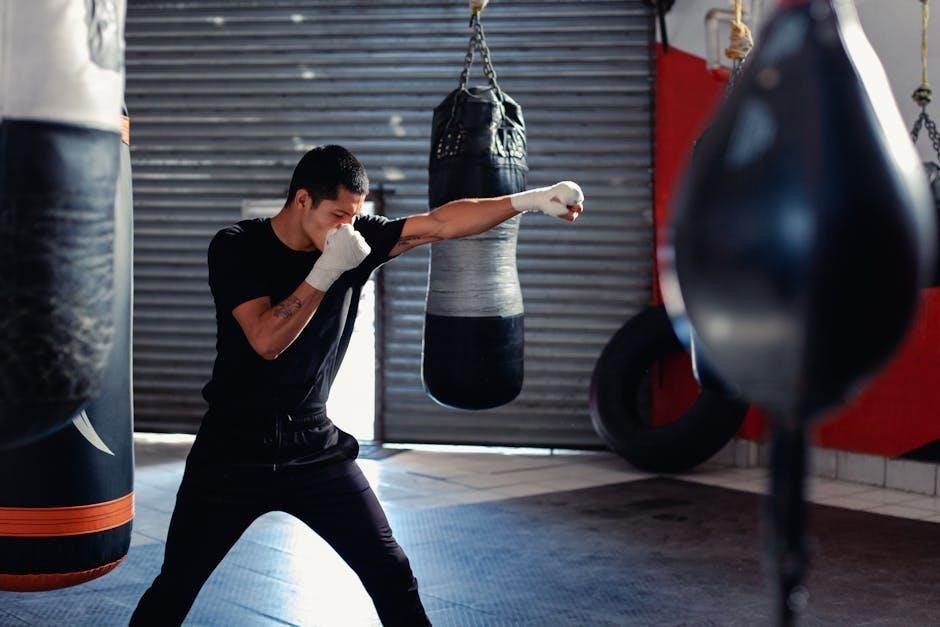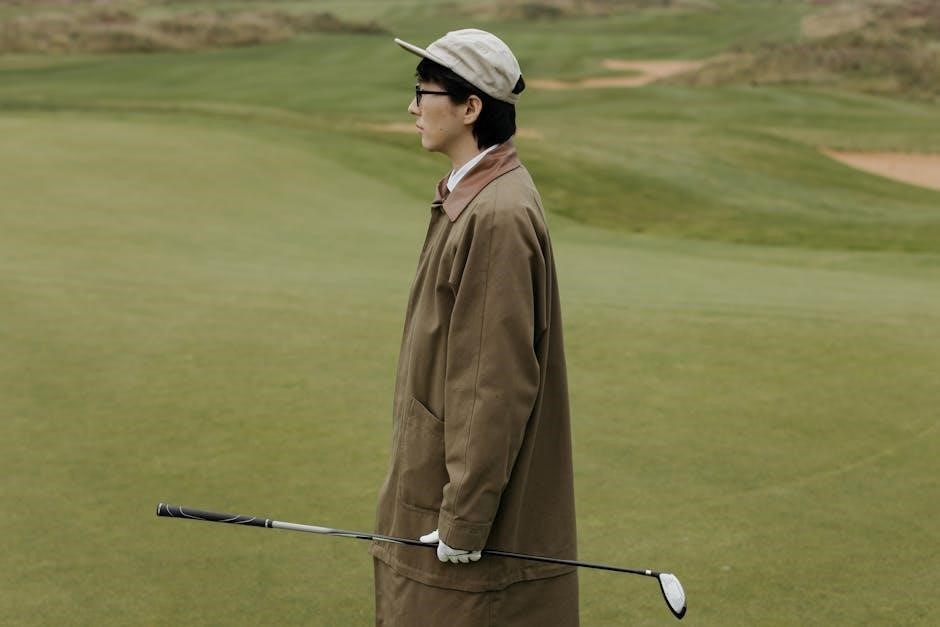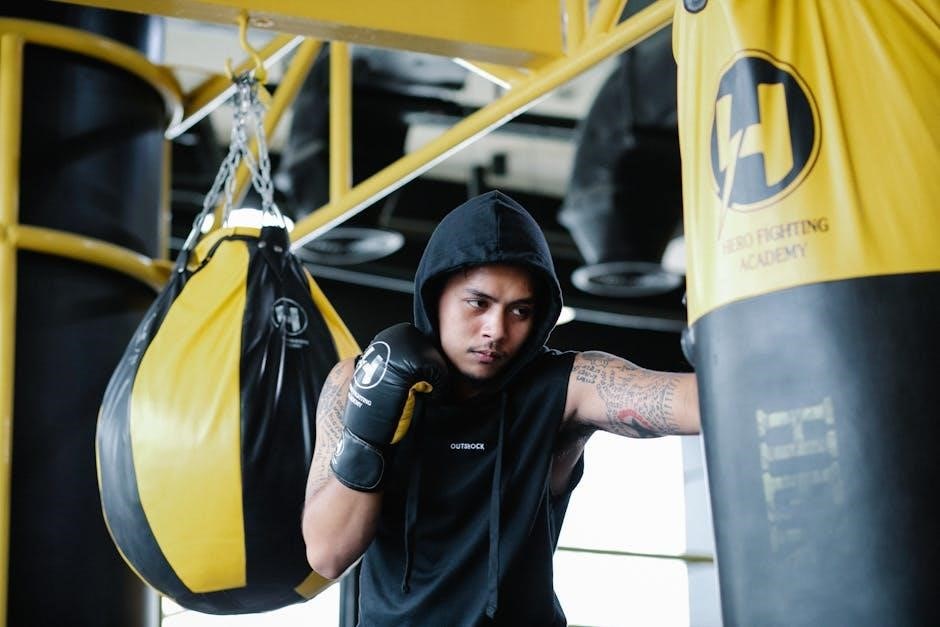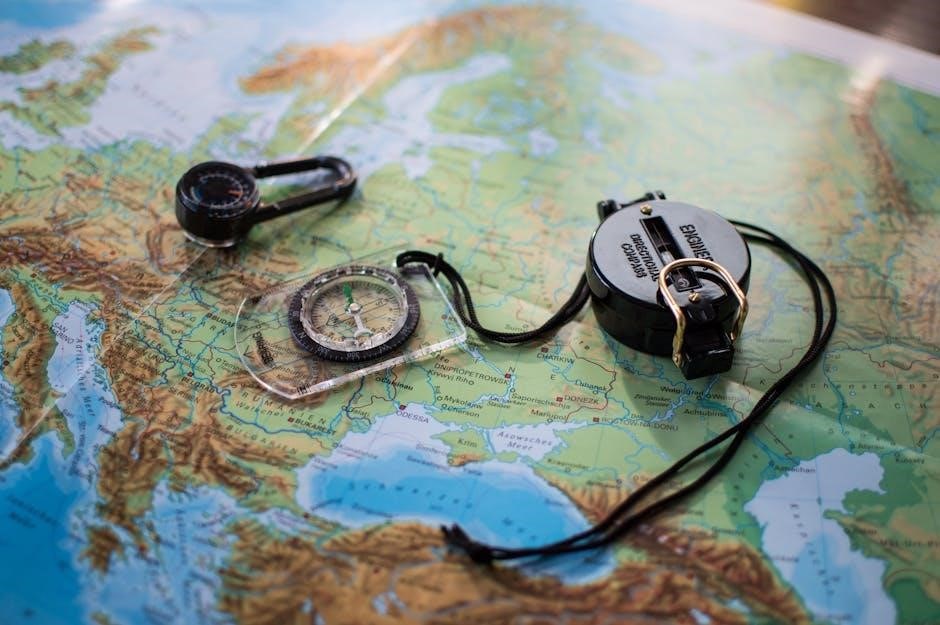Discover the essential guide to men’s glove sizing, ensuring a perfect fit for comfort, functionality, and style. Learn how to measure hand circumference and finger length accurately to find your ideal size.
Importance of Proper Fit in Gloves
A proper fit in gloves is crucial for both functionality and comfort. Gloves that are too tight can restrict movement and cause discomfort, while those that are too loose may hinder dexterity and performance. A well-fitting glove ensures optimal grip, precision, and protection, making it essential for activities like sports, work, or everyday use. Proper fit also extends the durability of gloves, preventing excessive wear and tear. Additionally, it enhances safety by providing consistent protection against environmental factors or physical stress. Investing time in finding the right size ensures a more enjoyable and effective experience, whether for casual wear or specialized purposes.
- Improves dexterity and control
- Enhances comfort during extended use
- Ensures adequate protection
- Prolongs glove lifespan
Overview of Glove Sizing Systems
Glove sizing systems vary by manufacturer but generally rely on standard measurements to ensure consistency. Most systems use a combination of hand circumference and finger length to determine size. Common methods include numerical sizing (e.g., 7, 8, 9) and alpha sizing (S, M, L, XL). Some brands also offer half sizes for a more precise fit. Additionally, specialized gloves like leather or winter gloves may use unique sizing charts tailored to their design. Understanding the specific sizing system used by a brand helps in selecting the most suitable glove for your needs; Always refer to the manufacturer’s size chart for accurate measurements, as sizing can vary significantly between brands and glove types.
- Numerical sizing: Commonly used for precision fit
- Alpha sizing: Simplified options for general use
- Specialized systems: Tailored to specific glove types

Understanding Glove Measurements
Understanding glove measurements involves accurately measuring hand circumference and finger length using a tape measure to ensure a proper fit. This ensures comfort and optimal functionality.
How to Measure Hand Circumference
To measure hand circumference, wrap a tape measure around the widest part of your palm, just below the knuckles, with your thumb excluded. Ensure the tape is snug but not tight. This measurement is crucial for determining your glove size, as it directly impacts the fit and comfort. Proper sizing ensures optimal dexterity and prevents restrictive movement. For accurate results, keep your hand relaxed and avoid pulling the tape too tightly or leaving it too loose. This method applies to most glove types, including leather, winter, and sports gloves. By following this simple process, you can find the perfect fit tailored to your hand shape and preferences.
How to Measure Finger Length
To measure finger length, lay your hand flat with fingers straight and together. Using a ruler or tape measure, measure from the base of the finger to the tip. Repeat for each finger, then average the lengths. This ensures gloves fit comfortably, allowing proper dexterity. For accuracy, keep your hand relaxed and avoid bending fingers. Different glove types may require slight adjustments, but this method provides a reliable starting point for determining finger length. Proper measurement ensures the gloves aren’t too tight or loose, optimizing comfort and functionality. This step, combined with hand circumference, helps achieve the best fit for your needs.

Factors Influencing Glove Size
Hand shape, activity type, and personal comfort preferences significantly impact glove size. Proper fit ensures functionality and dexterity across various needs and preferences.
Differences in Glove Types (Leather, Winter, Sports)
Leather gloves prioritize durability and style, often requiring a snug fit to maintain dexterity. Winter gloves focus on insulation, frequently featuring bulkier designs for warmth, which may necessitate a slightly larger size. Sports gloves, such as baseball or football gloves, emphasize functionality, with sizing tailored to specific activities and grip requirements. Each type has unique materials and purposes, affecting how they fit and how sizes are determined. Proper sizing ensures optimal performance, comfort, and protection across different uses and preferences.
Impact of Hand Shape and Preferences
Hand shape and personal preferences significantly influence glove size selection. Individuals with broader palms or longer fingers may require larger sizes, while those with slender hands might prefer a more tailored fit. Preferences such as snugness or looseness can also vary, affecting size choices. For instance, some may prioritize dexterity and opt for a tighter fit, while others may prefer a looser fit for comfort. Additionally, activities and grip requirements can shape preferences, as certain sports or tasks demand specific fits. Understanding these factors ensures a glove that balances comfort, functionality, and performance, catering to both anatomical needs and individual comfort priorities.

Choosing the Right Glove Size
Selecting the right glove size involves measuring hand circumference and finger length, using size charts, and considering personal fit preferences for optimal comfort and functionality.
How to Use a Glove Size Chart
Using a glove size chart is straightforward. Start by measuring your hand circumference at the widest point, excluding the thumb, and note your finger length for accuracy. Compare these measurements to the chart provided by the manufacturer or retailer. Ensure you understand the sizing system used, as some charts may vary between brands or types of gloves. If your measurements fall between sizes, consider personal fit preferences—whether you like gloves snug or roomy. For sports or custom gloves, additional measurements may be required for precision. Always refer to the specific chart accompanying your chosen gloves to ensure the best fit. Proper sizing ensures comfort, dexterity, and optimal performance.
Common Mistakes in Sizing
When selecting glove sizes, one of the most common mistakes is not measuring hand circumference accurately. Many individuals guess their size instead of using a size chart, leading to poor fit. Failing to account for finger length can result in gloves that are too tight or too loose. Another mistake is not trying gloves on before purchase, especially for specific activities like sports or formal events. Ignoring the differences between glove types, such as leather versus winter gloves, can also lead to sizing errors. Additionally, some individuals order gloves without considering personal fit preferences, such as snug versus roomy. To avoid these mistakes, always use a tape measure and refer to the size chart provided by the manufacturer or retailer for the best fit.

Specialized Gloves and Sizing Tips
Specialized gloves, like sports or winter styles, require precise sizing for optimal performance. Consider hand shape, activity type, and personal fit preferences when selecting sizes for the best fit.
Sports-Specific Glove Sizing
Sports-specific gloves require precise sizing to ensure optimal performance and protection. For example, baseball gloves are sized based on position, with infielders preferring smaller gloves for quicker throws, while outfielders opt for larger ones to catch fly balls. Football gloves are fitted snugly to enhance grip and dexterity, with sizes varying based on hand circumference and finger length. Boxing and MMA gloves prioritize padding and fit to protect the hands during impact. Each sport has unique demands, so sizing charts often cater to specific activities. Proper measurement techniques, such as wrapping a tape measure around the palm and fingers, help determine the ideal fit. Additionally, personal preferences for tightness or flexibility can influence size selection. Always consult sport-specific size guides to ensure the best fit for your needs.
How to Measure for Custom or Tailored Gloves
Measuring for custom or tailored gloves requires precision to ensure a perfect fit. Start by wrapping a tape measure snugly around the widest part of your palm, just below the knuckles, with your thumb excluded. Record this circumference. Next, measure the length of your fingers from the base to the tip, ensuring accuracy. For tailored gloves, additional measurements may include the distance from the wrist to the fingertip and the thickness of your hand. Use a flexible tape measure to ensure comfort and accuracy. Take multiple measurements to confirm consistency, as custom gloves rely heavily on precise fit. Consider your intended use, such as sports or formal events, to tailor the fit to your needs. Proper measurement ensures a glove that combines style, comfort, and functionality seamlessly.




About the author